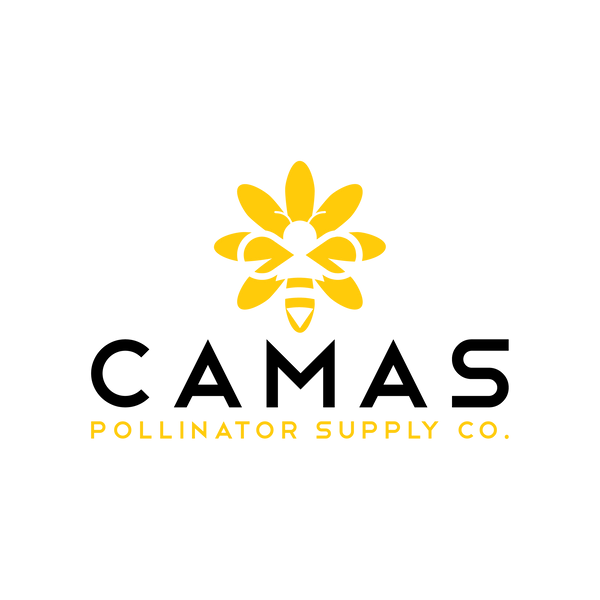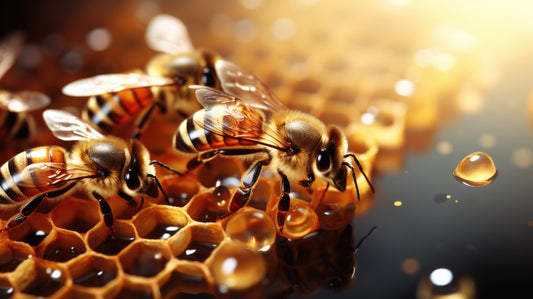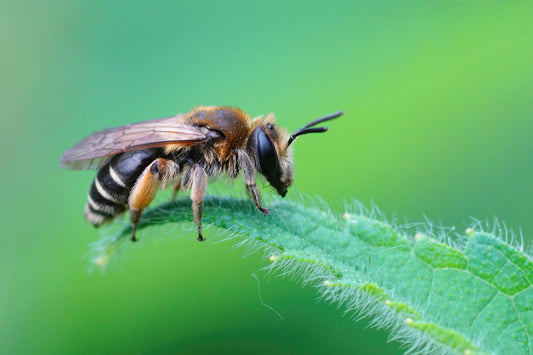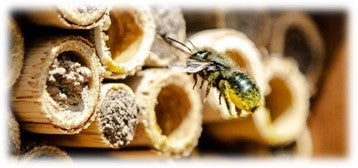Introduction
As winter approaches, it's important to think about the well-being of our pollinator friends, particularly bees. Bees play a crucial role in pollinating plants, which is essential for the health and diversity of our ecosystems. To ensure that bees are protected during the winter months, there are several strategies you can implement in your garden. From providing bee shelters to planting winter-friendly flowers, this blog will provide you with essential tips and ideas for creating a bee-friendly winter garden. Let's dive in and learn how to protect our buzzing friends during the colder months!
Understanding the importance of a bee-friendly winter garden
Creating a bee-friendly winter garden is not only beneficial for the well-being of bees, but it also plays a crucial role in maintaining the overall health and balance of our ecosystems. During the winter months, bees face numerous challenges, including a lack of food sources and suitable shelter. By implementing strategies to support bees during this time, we can help ensure their survival and the continuation of their vital role in pollination.
A bee-friendly winter garden can provide bees with essential food sources, such as winter-friendly flowers and plants that bloom during this season. In addition, creating shelters like bee hotels or leaving dead plant stems and fallen leaves can provide bees with places to hibernate and nest during the colder months.
By understanding the importance of a bee-friendly winter garden, we can take action to protect these incredible creatures and contribute to the overall health of our environment. Stay tuned for more in the next blog section, where we will explore specific strategies for creating a bee-friendly winter garden.
Planning for a successful bee-friendly winter garden

Creating a successful bee-friendly winter garden requires careful planning and consideration. To ensure that your garden provides the necessary resources for bees during the colder months, it is essential to select the right plants and flowers.
When choosing plants, opt for those that bloom during the winter season. Some excellent choices include winter jasmine, witch hazel, and hellebore. These plants not only provide bees with a much-needed food source but also add vibrant colors to your garden during the gloomy winter months.
Another crucial aspect to consider is the location of your garden. Bees require sunlight to stay warm and active, so choose a spot that receives ample sunlight throughout the day. Additionally, provide a windbreak to shield the garden from harsh winter winds.
Choosing the right plants for your bee-friendly winter garden
Creating a bee-friendly winter garden involves choosing the right plants that will provide a much-needed food source for bees during the colder months. It is crucial to select plants that bloom during the winter season, ensuring a steady supply of nectar and pollen for the bees.
Some great choices for a bee-friendly winter garden include winter jasmine, witch hazel, and hellebore, as mentioned earlier. However, there are many other options to consider as well. Plants such as snowdrops, crocuses, heathers, and mahonia are all excellent additions to attract bees and provide them with the resources they need.
In the next section, we will discuss in more detail the various winter-blooming plants that are highly attractive to bees. We will explore their characteristics, growing conditions, and how to incorporate them into your winter garden successfully. By selecting the right plants, you can create a vibrant and thriving bee-friendly winter garden. Stay tuned for more tips and strategies!
Creating a welcoming Habitat for bees in your Winter Garden
Creating a welcoming habitat for bees in your winter garden is essential to ensure their survival during the colder months. Providing suitable shelter and nesting opportunities is crucial. One way to do this is by leaving areas of your garden undisturbed, such as patches of bare ground or dead plant material, where bees can create their nests. Additionally, you can incorporate bee houses or bee hotels into your garden, providing artificial nesting sites for solitary bees.
It's also important to avoid the use of pesticides or herbicides in your winter garden, as these chemicals can be detrimental to bees and other beneficial insects. Instead, opt for natural pest control methods and companion planting to manage pests.
Maintaining a healthy environment for bees during the winter months
Maintaining a healthy environment for bees during the winter months is crucial for their survival. One way to do this is by providing a water source in your garden. Bees need access to clean water, especially during dry spells when natural sources may be scarce. You can create a bee-friendly water station by placing a shallow dish or bowl filled with fresh water and adding rocks or floating plants for the bees to land on. Make sure to refill it regularly to ensure a continuous water supply.

Another important strategy is to promote a diverse range of plant species in your winter garden. Bees have different nutritional needs, and by planting a variety of flowers, shrubs, and trees, you can ensure a continuous food source for them throughout the colder months.
Finally, it's essential to practice proper garden maintenance. Regularly remove any dead or decaying plant material that could harbor pests or diseases, as this can adversely affect the health of the bees. Additionally, avoid the use of chemical fertilizers and opt for organic alternatives instead.
Conclusion: Nurturing a bee-friendly winter garden for a sustainable future
Creating a bee-friendly winter garden not only benefits the bees but also contributes to a sustainable future. By providing a water source, promoting plant diversity, and practicing proper garden maintenance, we can help ensure the survival of these essential pollinators.
As we conclude this discussion on essential strategies for a bee-friendly winter garden, let's reflect on the impact our actions can have. By taking small steps to create a welcoming environment for bees, we are playing a vital role in maintaining biodiversity and promoting a healthier ecosystem.
Remember, the choices we make today will affect the world we leave for future generations. So, let's embrace the opportunity to learn, adapt, and grow as caretakers of our planet. Together, we can nurture thriving winter gardens that support the well-being of bees and create a better tomorrow for all.
Stay tuned for more insights and practical tips on gardening sustainably!





